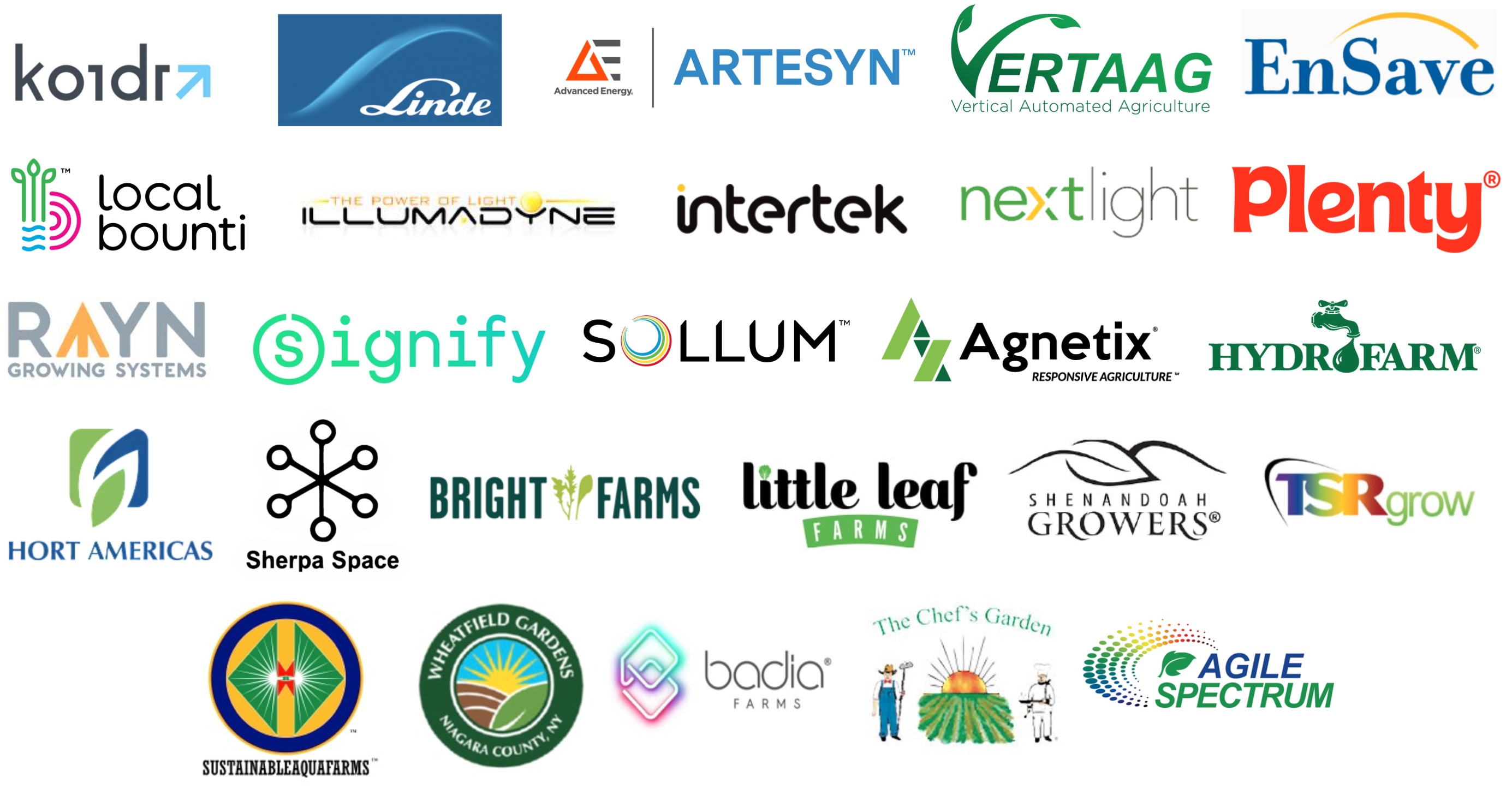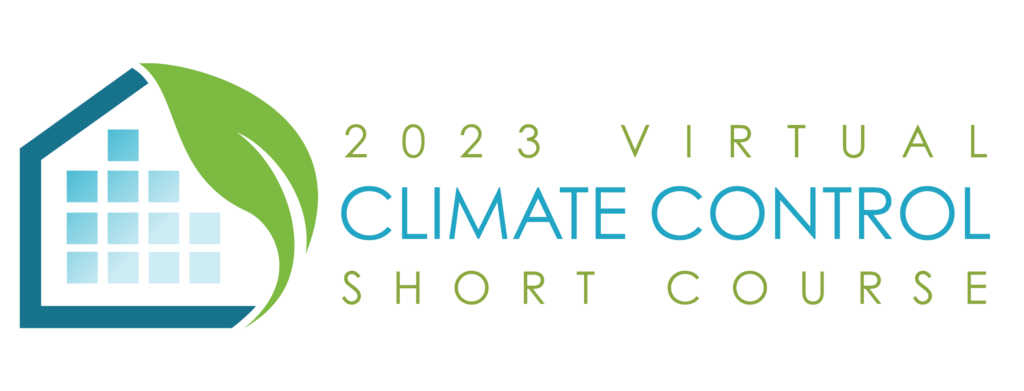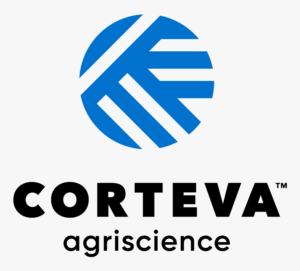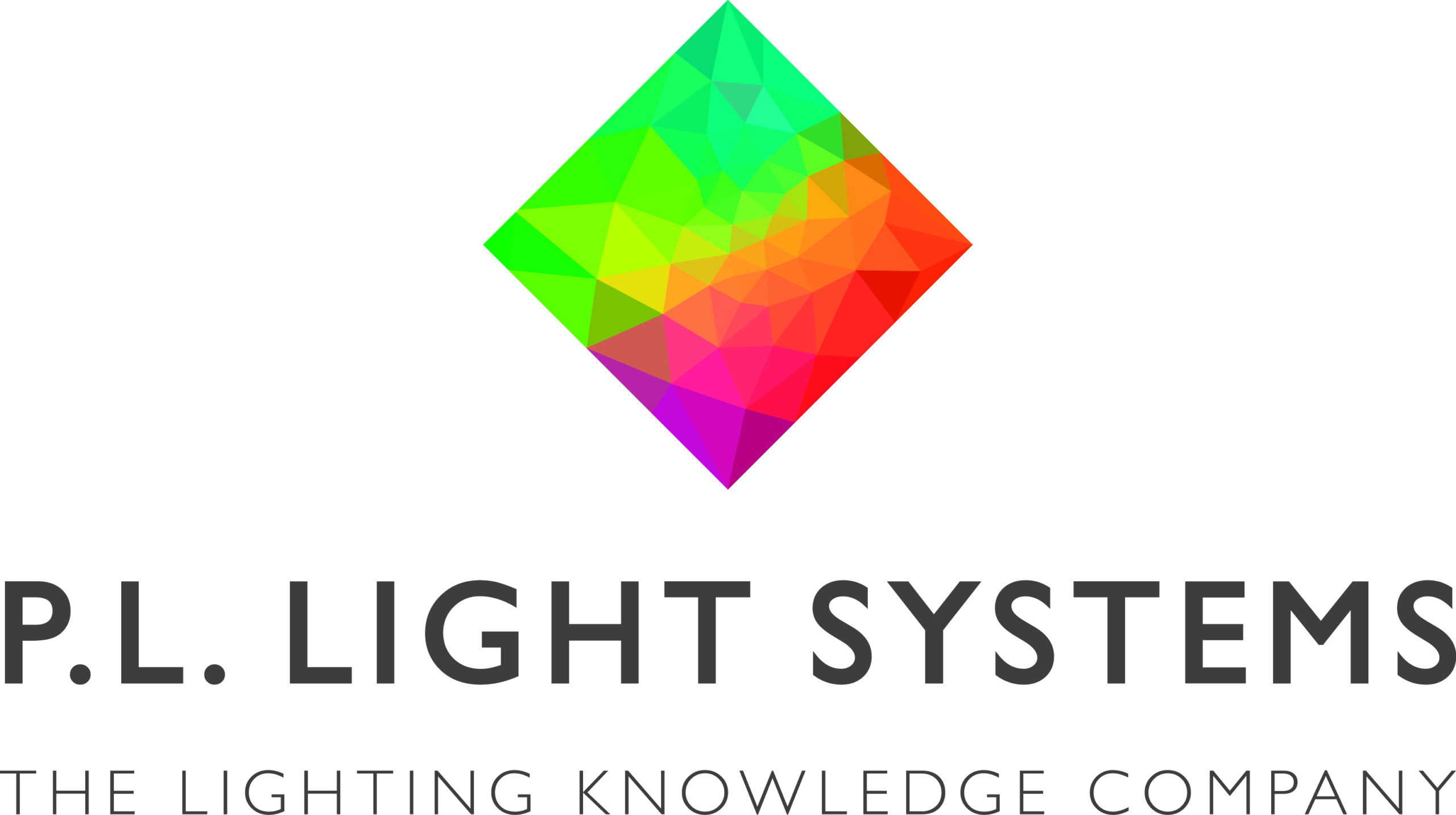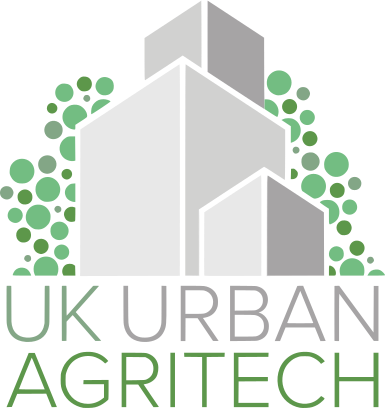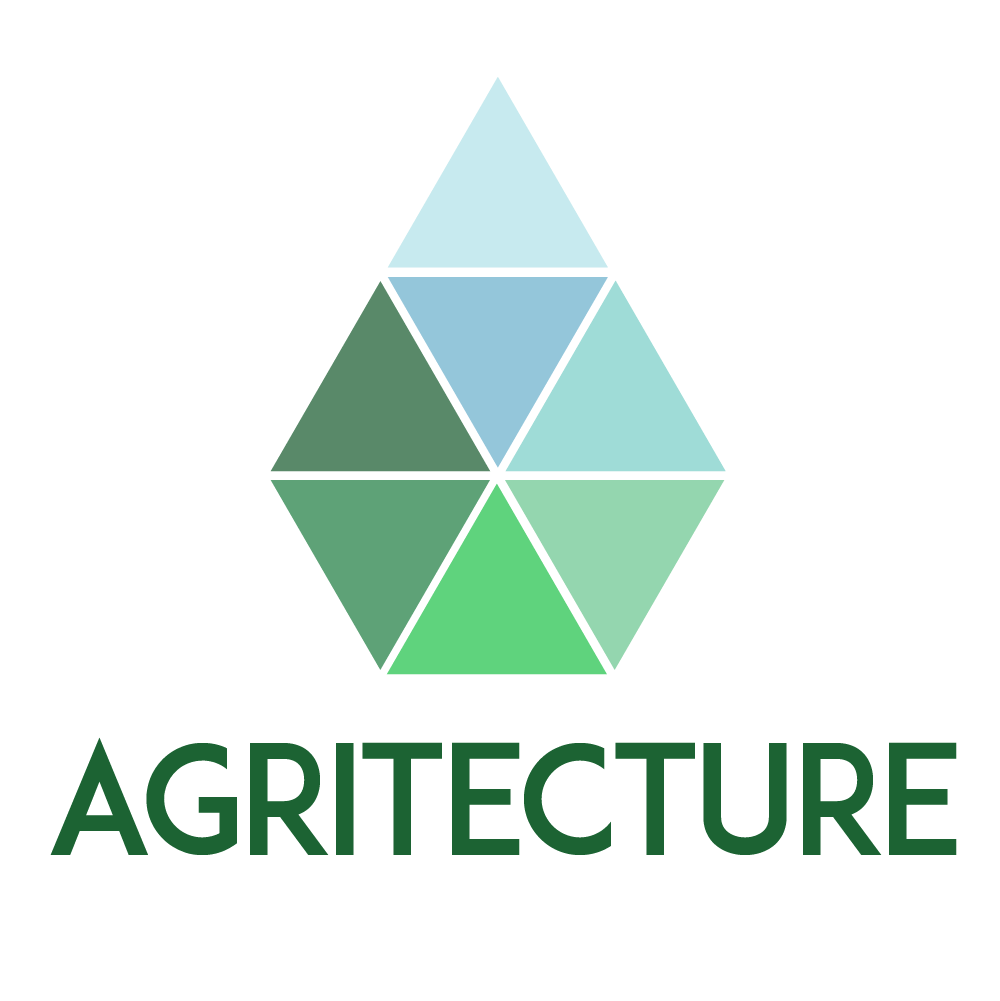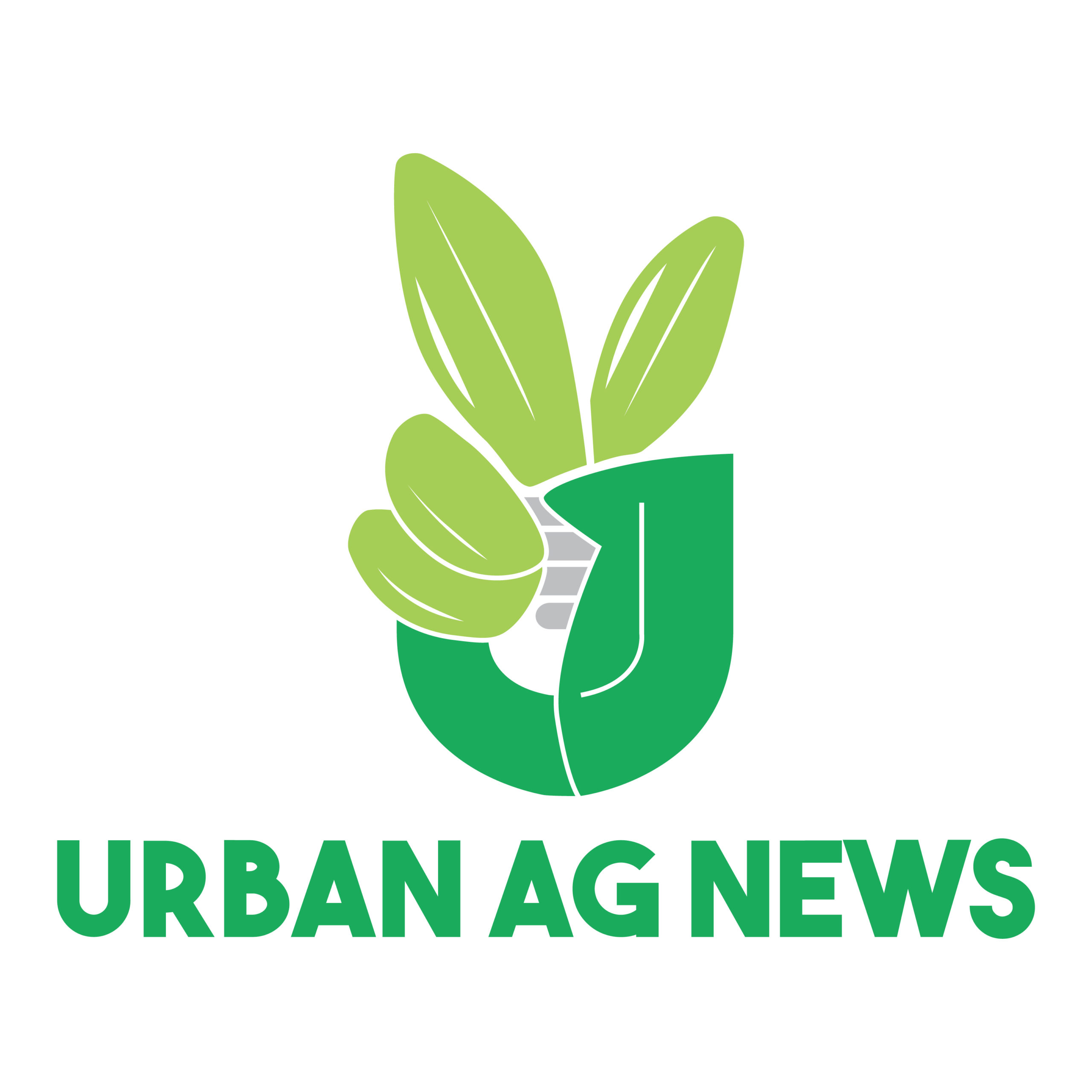Online educational course
Controlling the indoor environment increases efficiency
The growing environment in greenhouses and indoor farms has a profound effect on numerous crop quality attributes, including: crop yield, consistency, growth rate, flowering, and disease.
In this 6-week modular course, learn about all aspects of climate controls in greenhouses and indoor farms. Modules will focus on lighting, temperature, carbon dioxide concentration, humidity and VPD, irrigation, and autonomous controls.
Industry experts will define the specific environmental requirements of plants, show how climate controls work to improve yields in real-life case studies, and supply interactive demonstrations using commercially-available climate control technology. By the end of this virtual course, participants will be able to make informed decisions about selecting and using climate controls in their growing operations.
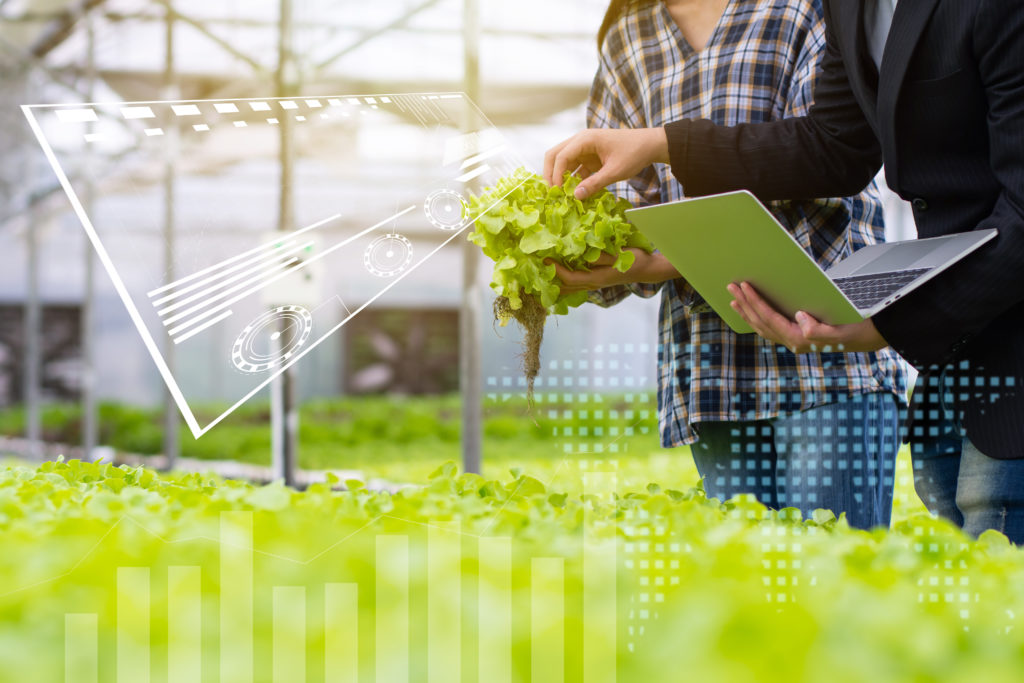
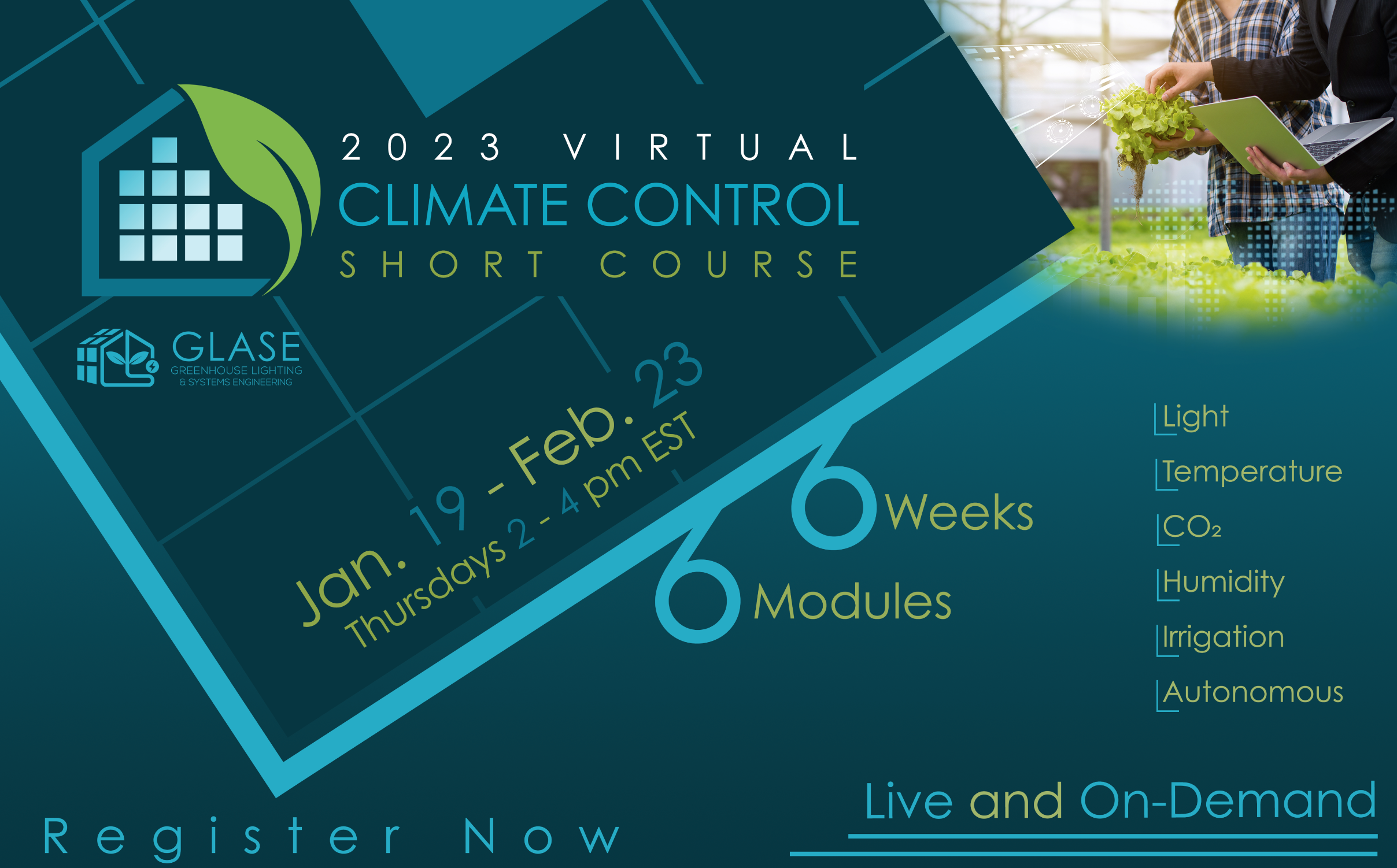
Course Content
Module 1
Plant Lighting Control Systems
Supplemental lighting systems are used in commercial CEA facilities to optimize consistent production year-round, increase crop quality, and control flowering of photoperiodic crops. Learn how the development of new lighting controls and technologies have provided growers options to increase energy use efficiency and reduce the cost of supplemental lighting.
- Timothy Shelford (Cornell University): Controlling your lighting to optimize cost of production
- Kale Harbick (USDA-ARS): Horticultural lighting control strategies and light modeling
- Neil Mattson (Cornell University) & Erico Mattos (GLASE): Lighting Control Demonstration
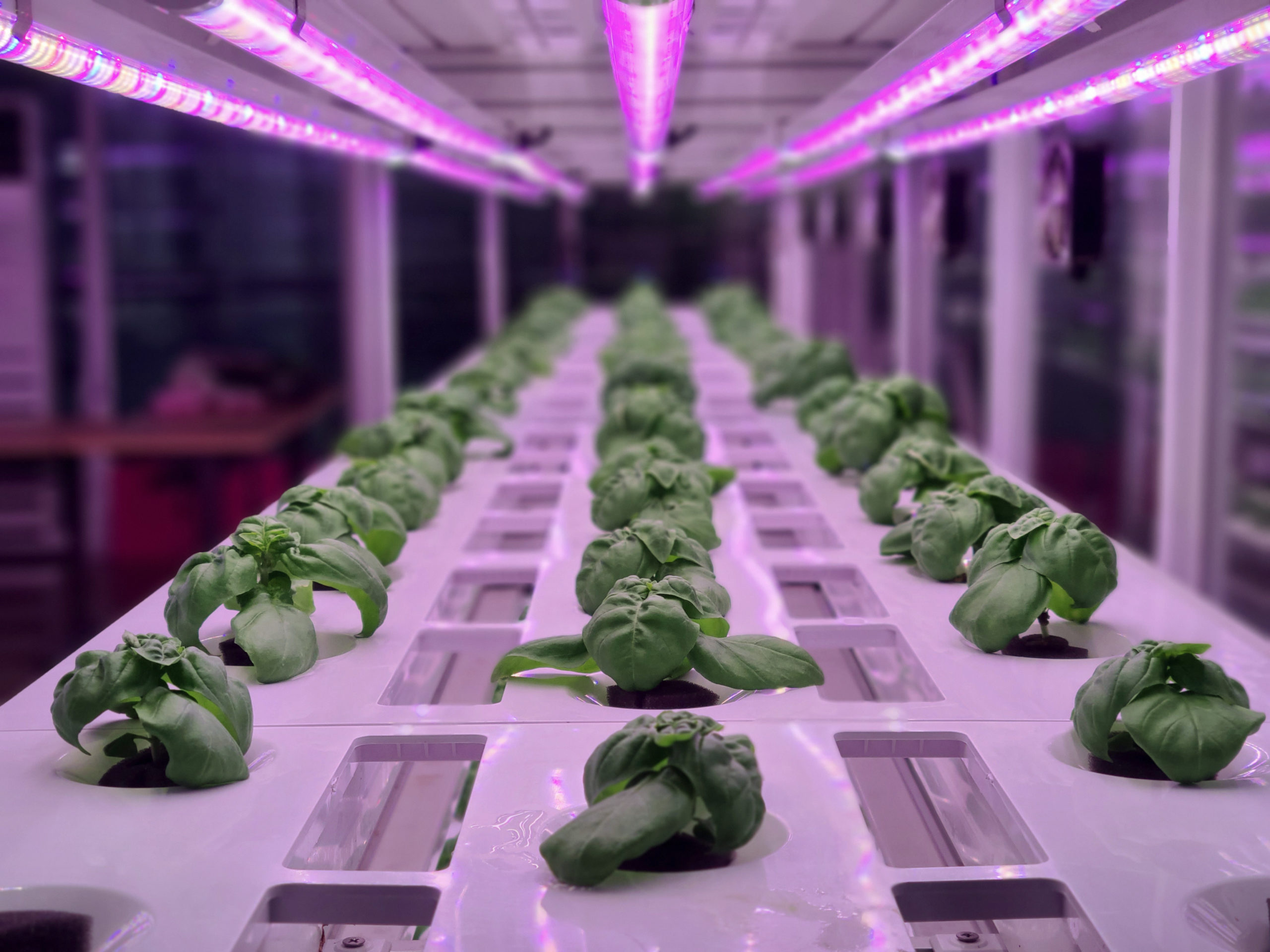
Module 2
Temperature Control Systems
Temperature affects numerous crop quality attributes, including growth rate, plant development, and plant extension. Controlling the temperature of a greenhouse or indoor farm can also be a major factor in facility energy costs. Learn how efficient temperature sensors and controls can improve crop production and reduce operation costs.
- Kellie Walters (University of Tennessee): Temperature: Control basics and plant responses
- Adam Tripp & Eli Weissman (Plenty): Climate Control at Plenty
- Hoogendoorn: Temperature Control Demonstration
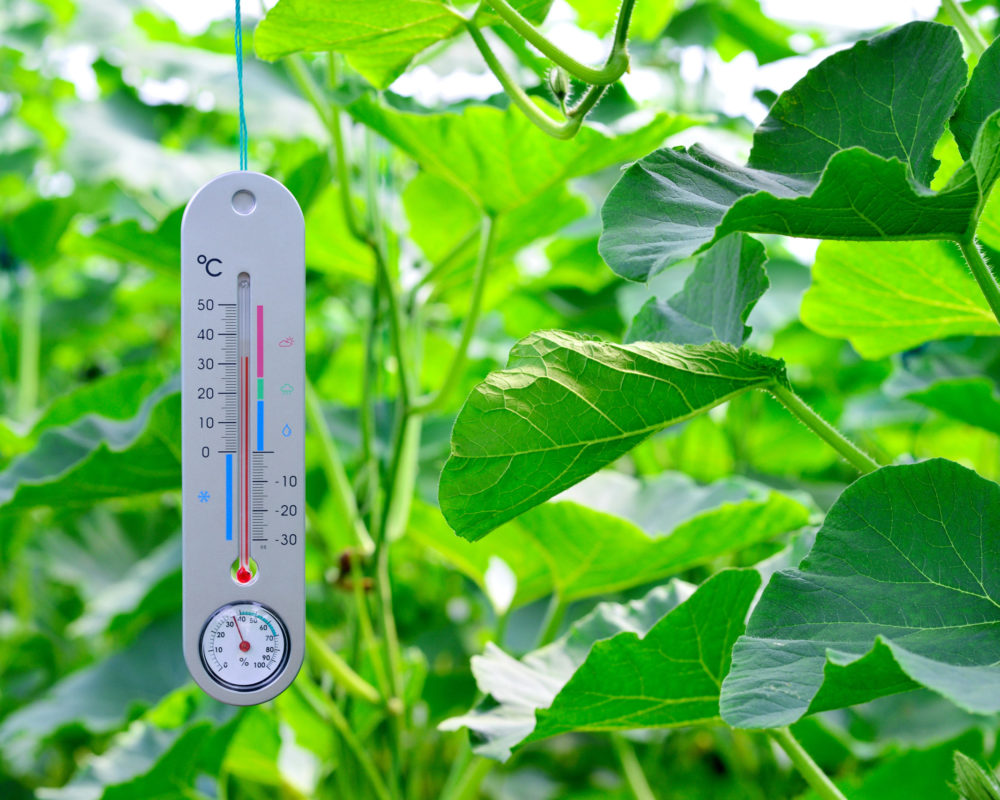
Module 3
Humidity Control Systems and VPD
Humidity is one of the most difficult aspects of a greenhouse climate to regulate. Temperature and air pressure, along with vapor pressure deficit (VPD) and plant transpiration, influence the humidity of the air. Plant diseases, stress, and growth rate all depend on humidity. Learn the intricacies of controlling this fluctuating measurement in your climate to better control plant growth and health.
- Ying Zhang (University of Florida): Humidity and Vapor Pressure Deficit (VPD) Control in Greenhouse Production
- A.J. Both (Rutgers University): Case study of humidity control in commercial greenhouses
- Hoogendoorn: Humidity Control Demonstration
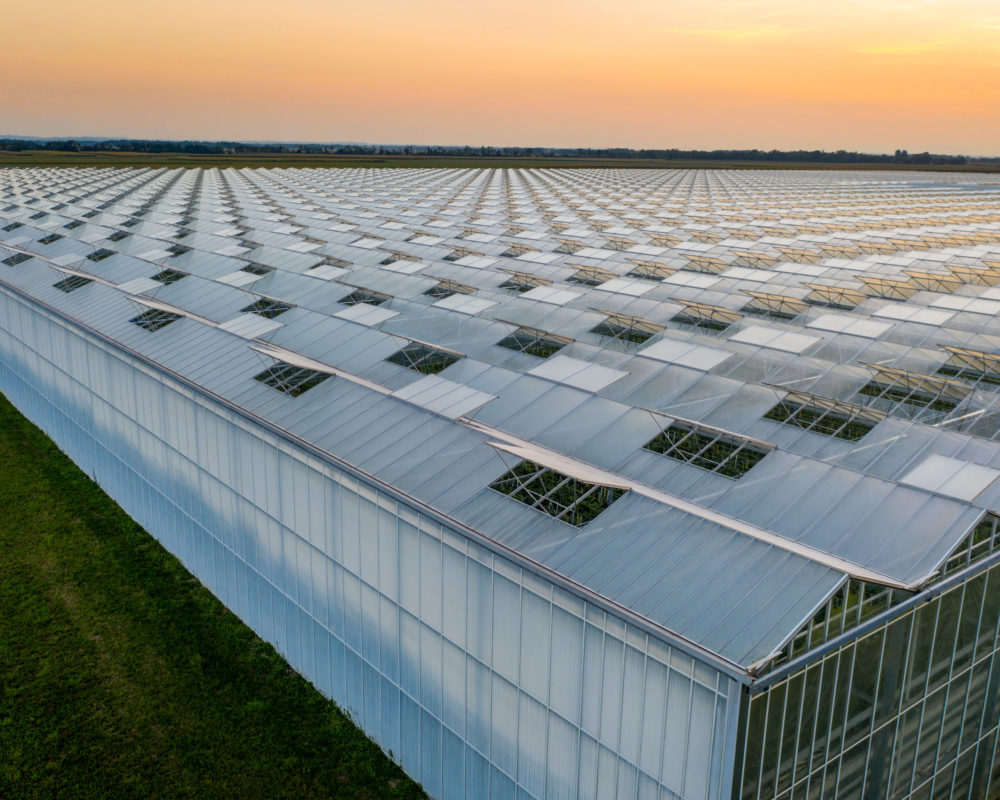
Module 4
Carbon Dioxide Control Systems
Carbon dioxide (CO2) is an essential component of plant photosynthesis. Increasing CO2 concentrations in a greenhouse inproves fruit yield, flowering, and plant strength, but controling CO2 can prove difficult in greenhouses that require venting. Learn about available technology to measure and control CO2 concentrations in your greenhouse.
- Josh Craver (Colorado State University): Optimization and management of Co2 for production in controlled environments
- Jennifer Boldt (USDA-ARS): Co-management of lighting and CO2 in the greenhouse
- Hoogendoorn: CO2 Control Demonstration
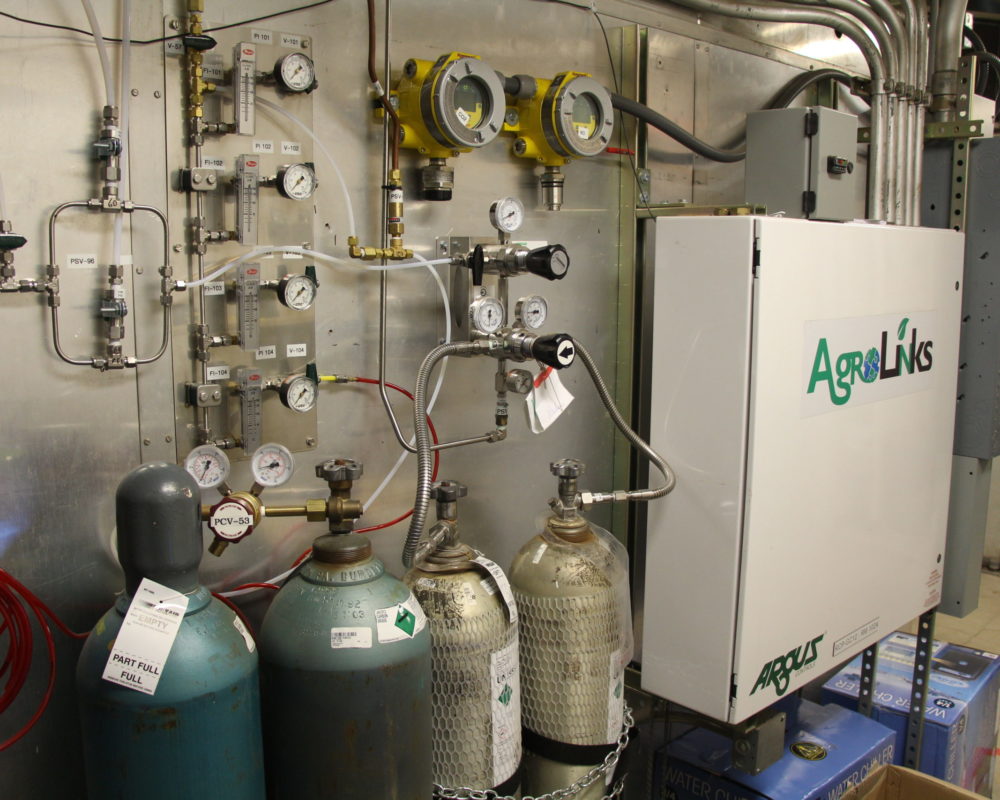
Module 5
Irrigation Control Systems
Receiving the right amount of water is vital to the survival of all plants. In greenhouses and indoor farms, growers must provide water directly to crops, as rainwater is unavailable. Learn about different systems of greenhouse irrigation and how to control exactly how much water plants receive.
- Stephanie Burnett (University of Maine): Basics of irrigation control, systems, and sensors
- John Lea-Cox (University of Maryland): Integrating substrate, plant, and environmental data to enable precision irrigation decisions
- Dramm Water Management: Irrigation Control Demonstration

Module 6
Autonomous Control Systems
Precision in agriculture leads to better profits, less labor, and higher efficiency. All aspects of climate control, from lighting, temperature, and humidity, to CO2 and irrigation can be controlled autonomously using integrated technology. Learn about autonomous technologies for greenhouses and how growers are using them in real operations.
- Anna Petropoulou (Wageningen University): Introduction and overview of autonomous controls, delving into the subject’s theory and science
- Shamim Ahamed (UC Davis): Autonomous nutrient management systems for hydroponic production
- Fokke Kracht (Koidra): How to go from autonomous greenhouse challenges to commercial autonomous growing
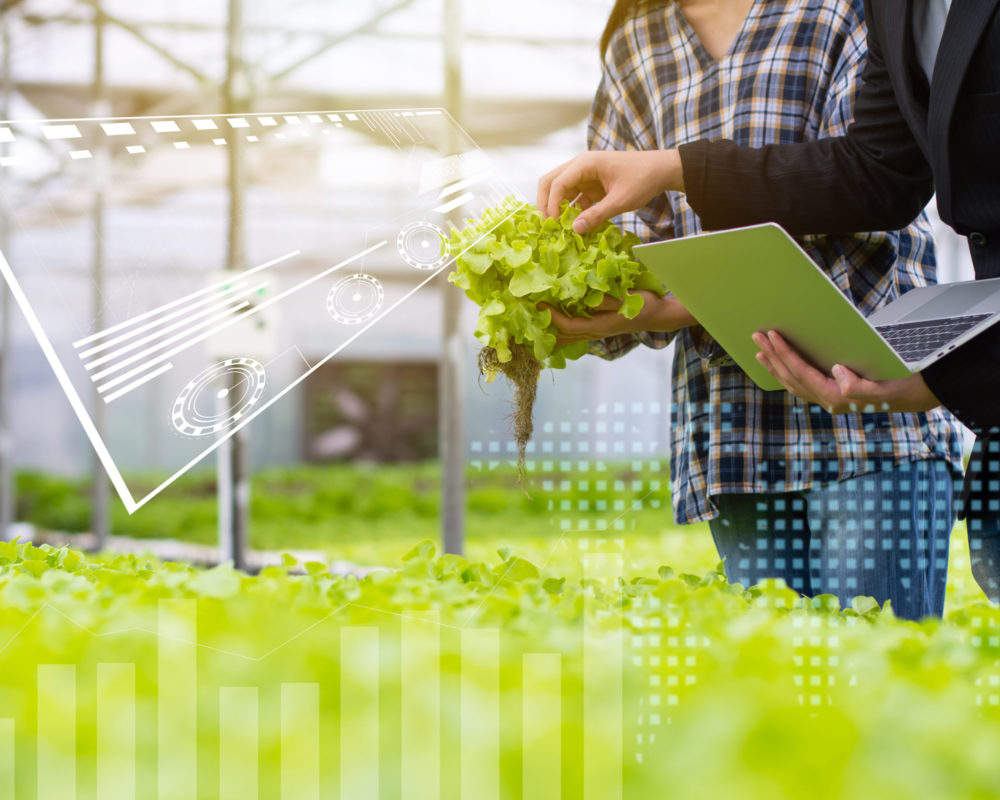
Speakers
Hear from industry experts, including academics, researchers, growers, and manufacturers.
Adam Tripp
Plenty
A.J. Both
Rutgers University
Eli Weissman
Plenty
Anton van der Lindon
Hoogendoorn
Fokke Kracht
Koidra
Jennifer Boldt
USDA-ARS
John Lea-Cox
University of Maryland
Josh Craver
Colorado State University
Kale Harbick
USDA-ARS
Kellie Walters
University of Tennessee
Shamim Ahamed
UC Davis
Stephanie Burnett
University of Maine
Tim Shelford
Cornell University
Ying Zhang
University of Florida
Anna Petropoulou
Wageningen University
Thanks to GLASE Industry & CEA Members
